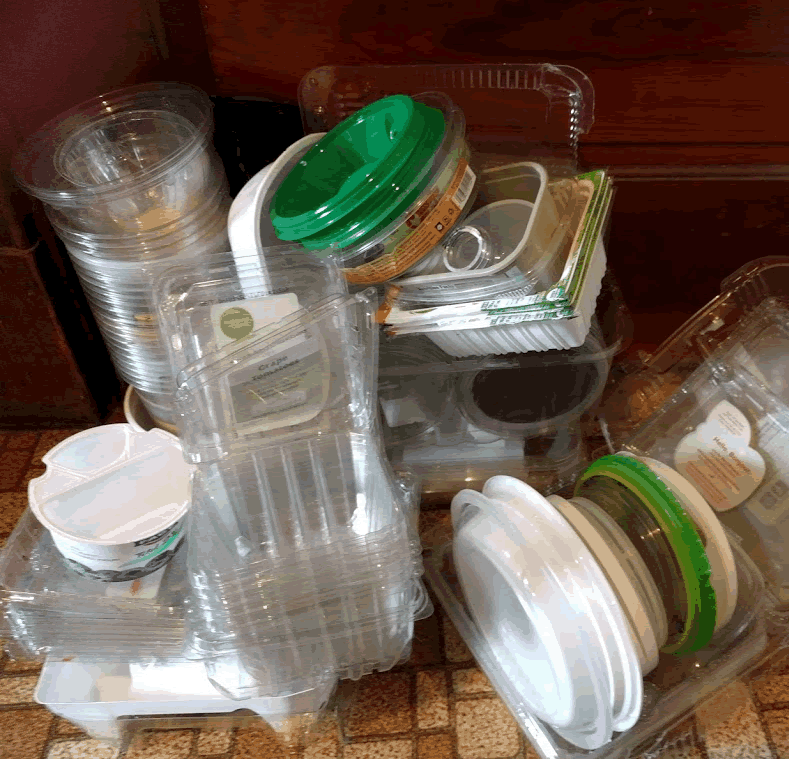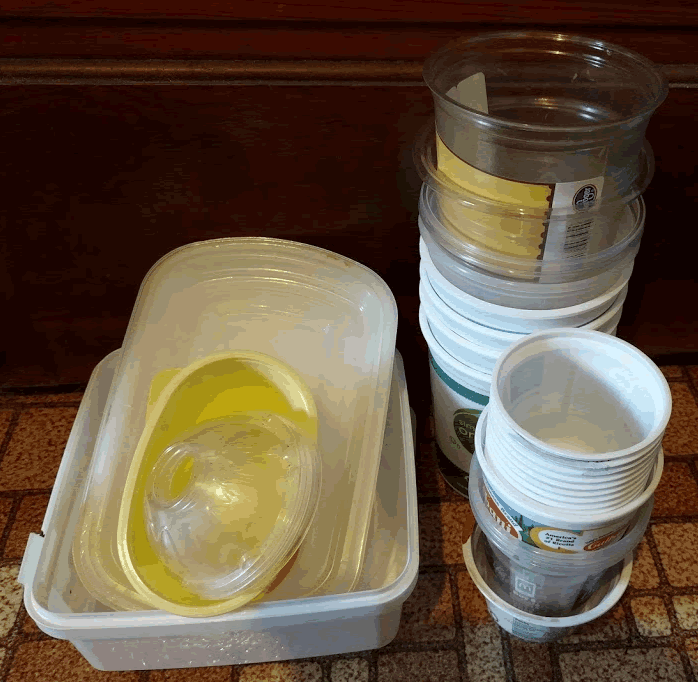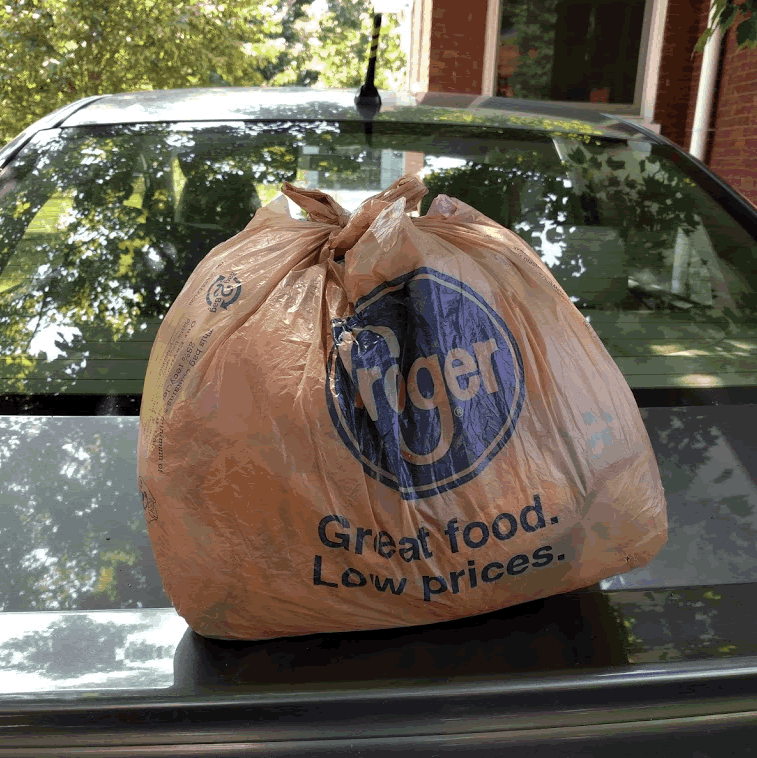Plastic items are light, easily cleaned, and often cheaper than cloth, wood, metal, or brick. Maybe the three pigs should have built their homes out of plastic. But, of course most plastics do not biodegrade easily or quickly which make them anathema to environmentalists like me. They can, however, be recycled.
Conscientious citizens already know the basics of recycling and responsible municipalities usually provide curbside recycling to make it easy. So, problem solved? Almost. Communities differ in what they accept in curbside recycling so contact your local government for details. Here are some plastic recycling basics for the recently committed recycler and some strategies for the faithful but tired ones.
BASICS:
-
Reduce or Reuse first. Recycling is the backup of the 3 Rs. Better to “precycle” by not buying as much, buying things that will last, reusing or repairing what you do have so that less needs to be recycled.
- Plastic bottles and jugs. Most curbside recyclers take plastic bottles and jugs (along with paper, glass, and cans). Good.
- #1-#4 plastics. Some curbside recycling companies won’t take #1-#4 unless it’s a bottle, The number in the triangle is irrelevant. It has to do with their recycling machines and who they can sell the plastic to. Stores like Whole Foods generally take #1-#4. (2020-2 update. Whole Foods no longer accepts #1-#7 plastics including #5’s. See blog post #202 for other ideas.)
- Don’t put curbside recyclables in a bag. The bag can gum up the recycling machinery.
-
# 5 plastics. Yogurt and like tubs are typically #5 plastics. Curbside recycling companies almost never take #5s. Again Whole Foods will usually take them but the bins are often separated from the regular recycling bins.
- Plastic bags. DO NOT put plastic bags in curbside recycling. It gums up the recycling machines, thus nimble fingered human beings have to deftly pick the bags off the recycling treadmills. Almost all grocery stores have a place to deposit plastic bags. Even better, ask for paper bags. Better yet, bring your own reusable cloth bags. Even with reducing your own plastic bag consumption, you’ll probably end up with some plastic bags. For those of us who still get a print newspaper, you’re bound to have plastic wrappers – unless you have a dog. 😉
STRATEGIES:
- Make a place. Maybe you have good intentions of recycling but, hey, the recycling can is outside and it’s a cold day, or it creates such clutter in the house. Once you find a place and container (ideally near the kitchen) to put recyclables in, it makes turning an intention into a habit easier.
-
Pack your car. We dutifully collect all the plastics that cannot go in curbside recycling and store them in the basement – where they stay for too long, because Whole Foods is not nearby. Now, once a bag is full of non-curbside plastics, we put it in the trunk of the car so we can drop them off when we’re in the neighborhood. Procrastination is minimized. Besides, who’s going to steal plastics bound for recycling?
What strategies have you devised to improve your recycling?


